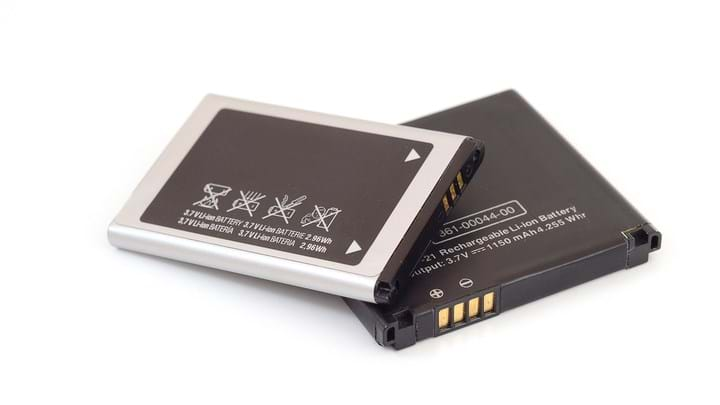Extracting lithium from water using synthetic membranes

A metal-organic framework (MOF) has been developed that can extract lithium from water, which could be used to meet the increasing global demand for lithium batteries.
With the continual developments in mobiles and electric cars, the demand for lithium is exceeding the rate at which it can be mined or recycled. Currently, lithium is extracted from rocks and brines using inefficient and costly chemical treatments.
The new technique for extracting lithium uses a metal-organic framework which can control ion transport through a synthetic membrane, similar to how biological ion channels can regulate ion transport through cell membranes. The method was developed by researchers at the University of Texas, Monash University, and the Commonwealth Scientific and Industrial Research Organisation (CSIRO) in Australia.
The MOF membrane can quickly transport lithium and prioritise it over other alkali metal ions. The ion selectivity of the MOF membrane isn’t as high as that of biological ion channels, but it is the highest ever reported for synthetic membranes. The process could be further developed by tailoring the framework chemistry and pore geometry.
MOFs offer a very effective way of extracting lithium ions from seawater, where it is an abundant resource. Another potential lithium resource is in the wastewater produced by shale gas fields. “Advanced separation materials concepts, such as this, could potentially turn this waste stream into a resource recovery opportunity,” said Benny Freeman from the University of Texas.
Each well in the Barnett and Eagle Ford shale formations in Texas can generate up to 1.3m L/week of wastewater. The researchers estimate that one week’s wastewater could supply enough lithium to power 200 electric cars or 1.6m smartphones.
The MOFs also have the potential to remove salt from seawater. Currently, the main method for the desalination of seawater is reverse osmosis, which uses a semipermeable membrane to remove ions, molecules and other particles from the water. This process removes all ions from the water, however the MOF technique has more control and will only remove select ions. The MOF process desalinates water by dehydrating ions as they pass through the membrane. This process costs less and consumes less energy than reverse osmosis.
“The prospect of using metal-organic frameworks for sustainable water filtration is incredibly exciting from a public-good perspective, while delivering a better way of extracting lithium ions to meet global demand could create new industries,” said Anita Hill, CSIRO’s chief scientist.
Science Advances http://doi.org/ckhk
Recent Editions
Catch up on the latest news, views and jobs from The Chemical Engineer. Below are the four latest issues. View a wider selection of the archive from within the Magazine section of this site.




